MSI adds a compact mechanical keyboard without a number pad to its portfolio with the GK50 ELITE TKL, which leaves a rather uninspired first impression without any special features or unique selling points. Whether a review is even necessary or MSI gets off lightly after all, you can read in the review. And despite this spoiler, you should read to the end, because as always, the devil is in the details (and a cruel software). Or to say it with Goethe and Plenzdorf: The New Sufferings of Young A.
Keyboards are now a dime a dozen and the TKL models, i.e. the compact formats without a number pad, have (unfortunately) established themselves with pretty much all manufacturers. With the multitude of manufacturers and models, it is almost obligatory that each model has some special feature or appeals to a special clientele in order to somehow stand out from the crowd. It is all the more astonishing that MSI completely does without this unique selling point in the GK50 ELITE TKL and basically does nothing more than “saw off” the number pad from the regular GK50 Elite. Of course, you can’t reinvent the wheel every time, but when a new product practically doesn’t stand out from the crowd anymore and is even outshined by some “Chinese firecrackers” in terms of quality, I wonder how they actually want to trigger a purchase incentive here. Maybe we’ll get a few more positive impressions when we unpack it.
Unboxing
The outer box comes in the familiar MSI design. Bright cardboard, image of the device, I like it.
On the back, we find technical specifications and information about the installed switches.
Cool: Instead of unnecessary plastic waste, the keyboard comes wrapped in a transport bag that protects it from dust and dirt and serves a much more sustainable purpose than the ole plastic sheets that are usually used.
Besides the instruction leaflet, there is also a (somewhat tight) sleeved cable, a large keycap puller and two replacement keycaps in the box.
There is the thing! For me, a moderately severe disaster: Besides the fact that the number pad is missing, this is also the US layout. The DE layout is not yet available and I was not told if or when it will be available. With the textured base plate and clean gaps, at least the look is high-end.
The aluminum plate looks chic and gives the otherwise completely plastic and thus very light keyboard a certain stability. On the right side, there are two indicator LEDs for Caps Lock and Game Mode.
The Kailh (blue) switches are soldered and placed on the aluminum plate. The keyboard’s design language is impressive.
Soft rubber feet on the bottom reliably prevent the keyboard from slipping.
The rear feet can be folded out in two stages, 3° and 7° is printed on the feet.
The USB-C port has a tapered design and an additional small lock at the end. This allows the cable to sit very snugly and not wiggle around. Even “regular” USB-C cables, i.e. without the special shaping, fit into the port without any problems.
The tactile blue Kailh Switches are installed in the tested model. Alternatively, the linear red Kailh Switches or the tactile white Kailh Box Switches can be selected. The switches are soldered and cannot be exchanged.
Unfortunately, the specially shaped keycaps are only made of ABS and printed, which makes them a bit less tactile than the higher-quality PBT double-shot keycaps.
With a measured weight of 614 grams (without cable), the GK50 Elite is one of the lightweights even among the TKL keyboards and thus fights in the same weight class as the considerably smaller Sharkoon SGK50 S4, which, by the way, is also in the same price range and can therefore be used for a small comparison.
However, the illumination of the keys is very strong and colorful thanks to the attached switches, the reflective top plate, and last but not least, the cheap keycaps – so the look fits at second glance as well.














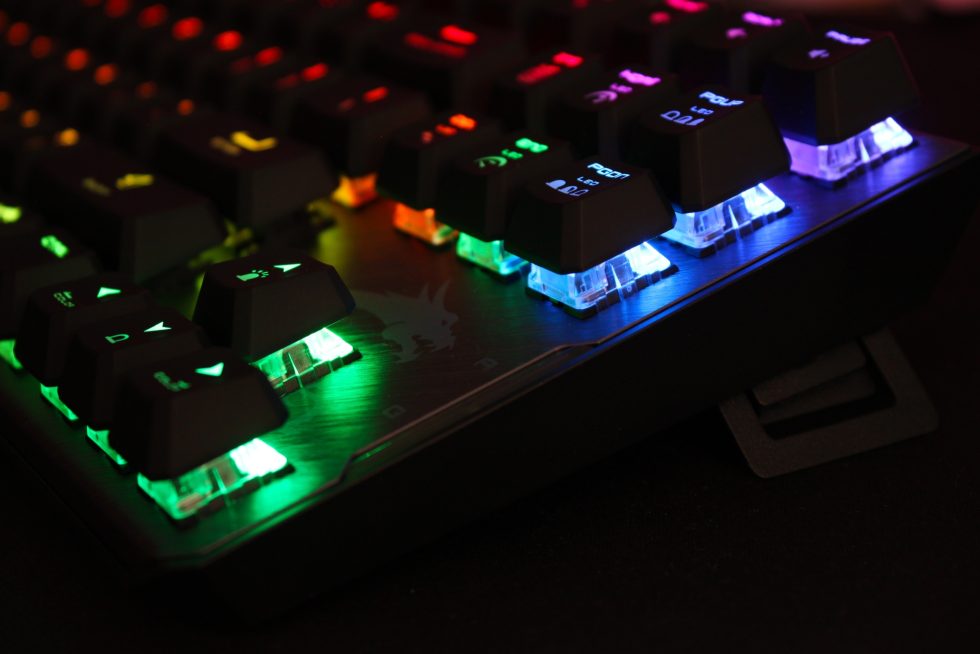
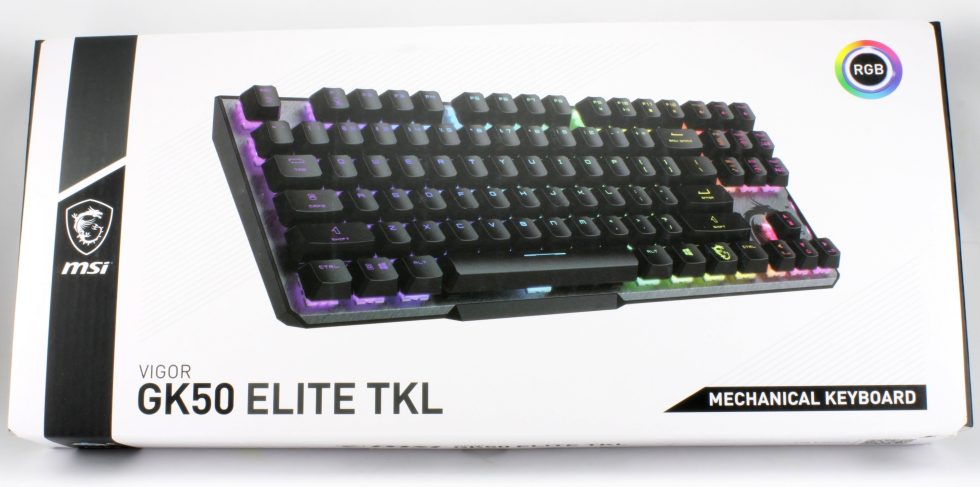
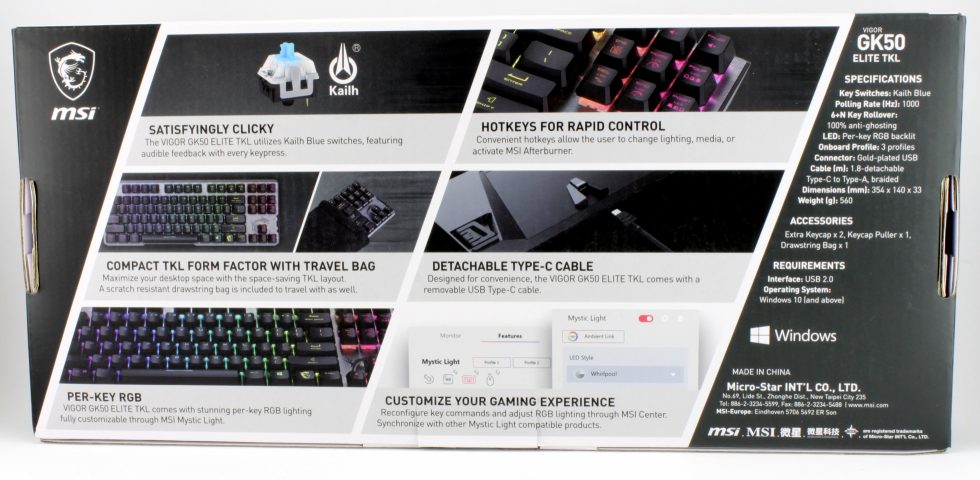
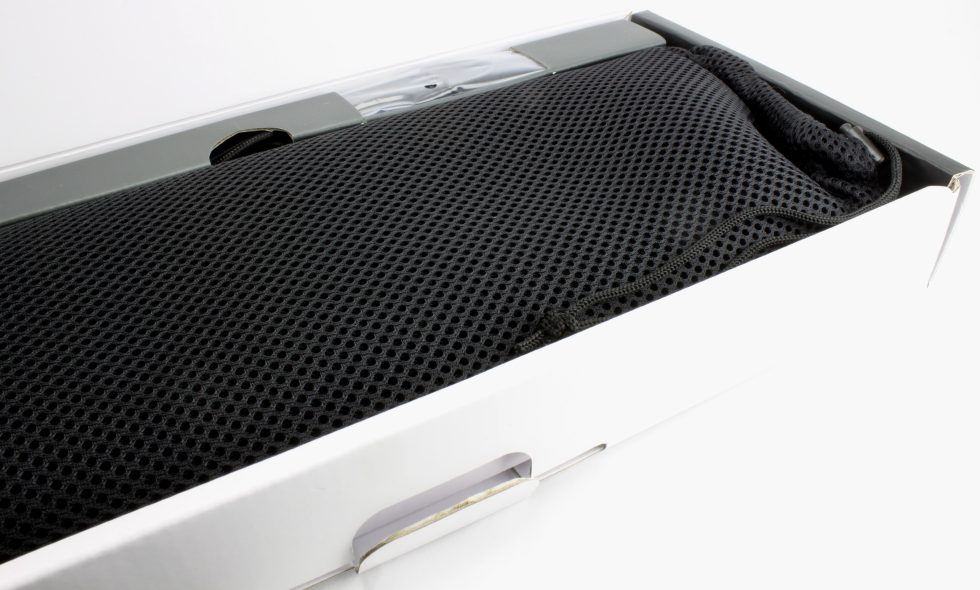
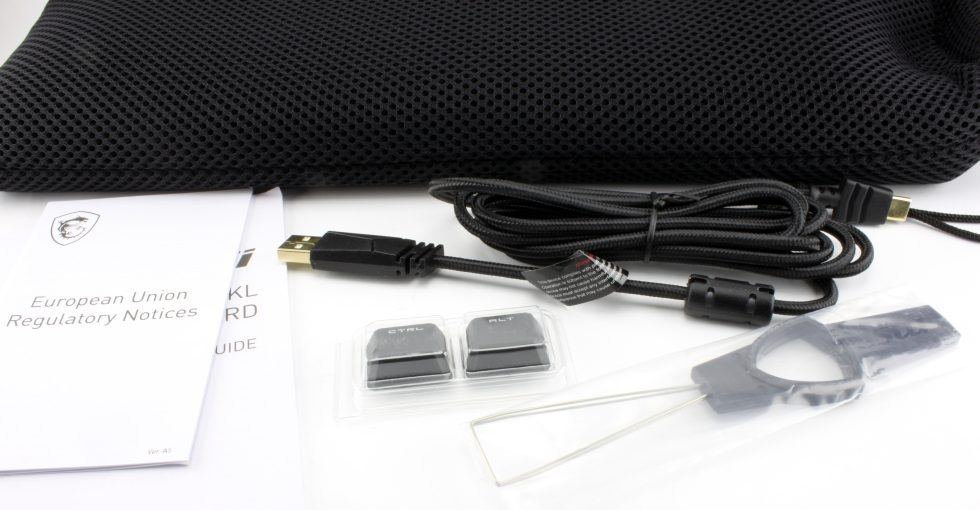
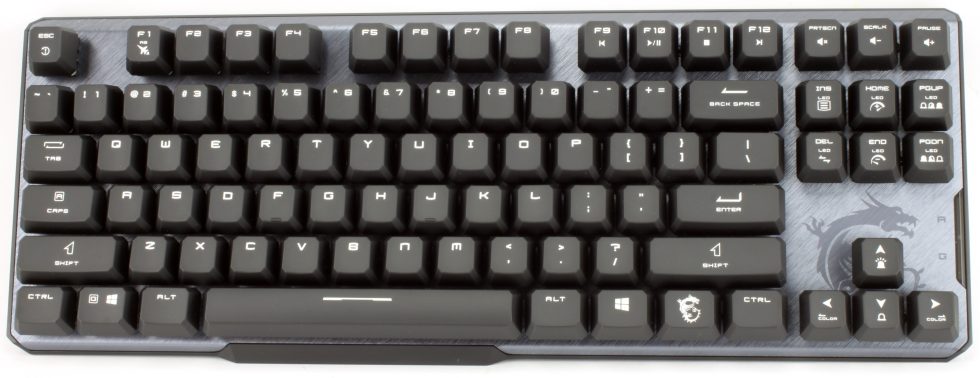
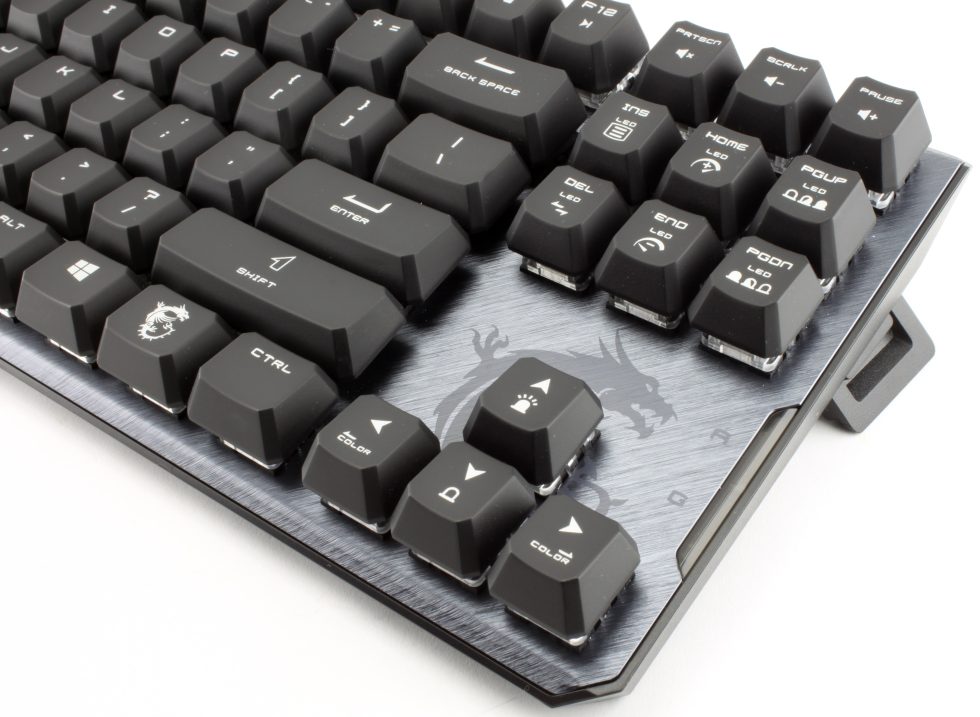
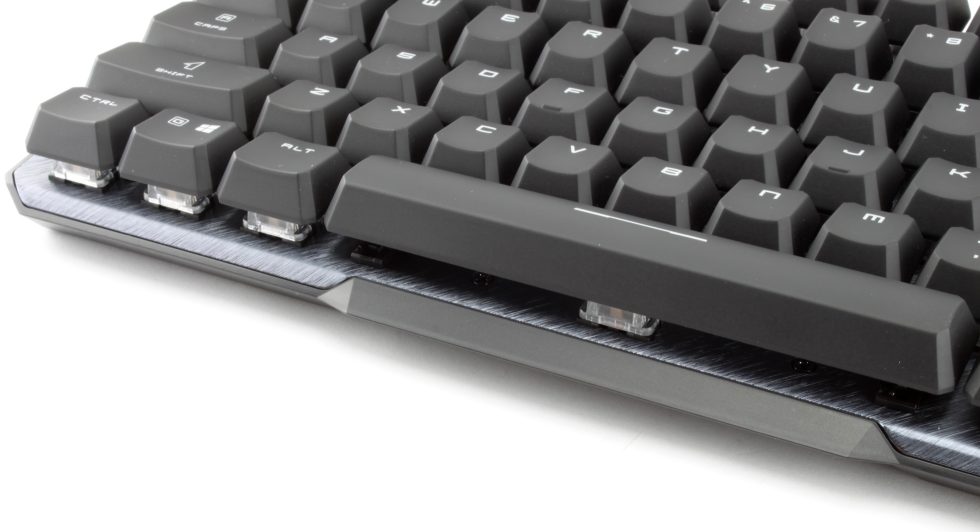
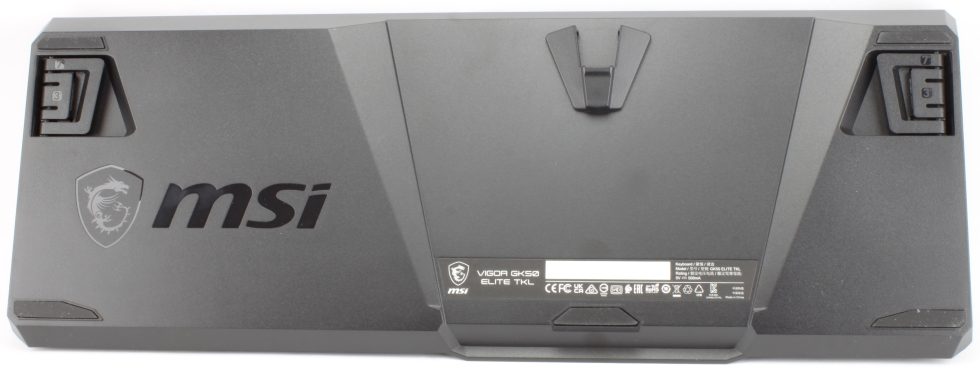
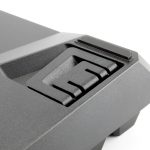
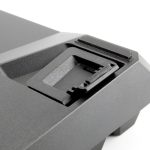
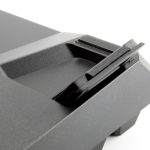
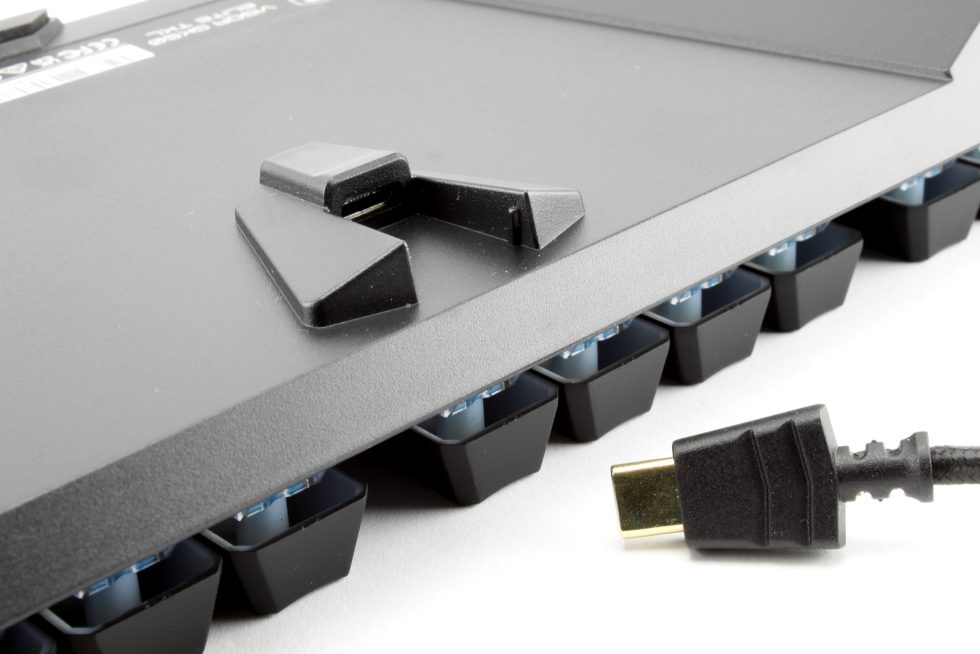
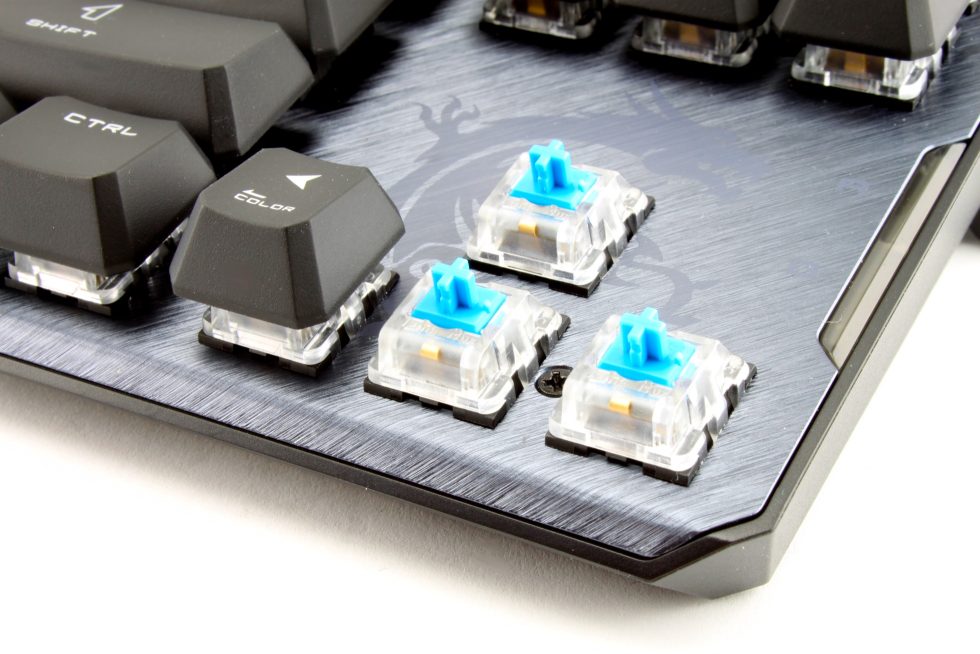
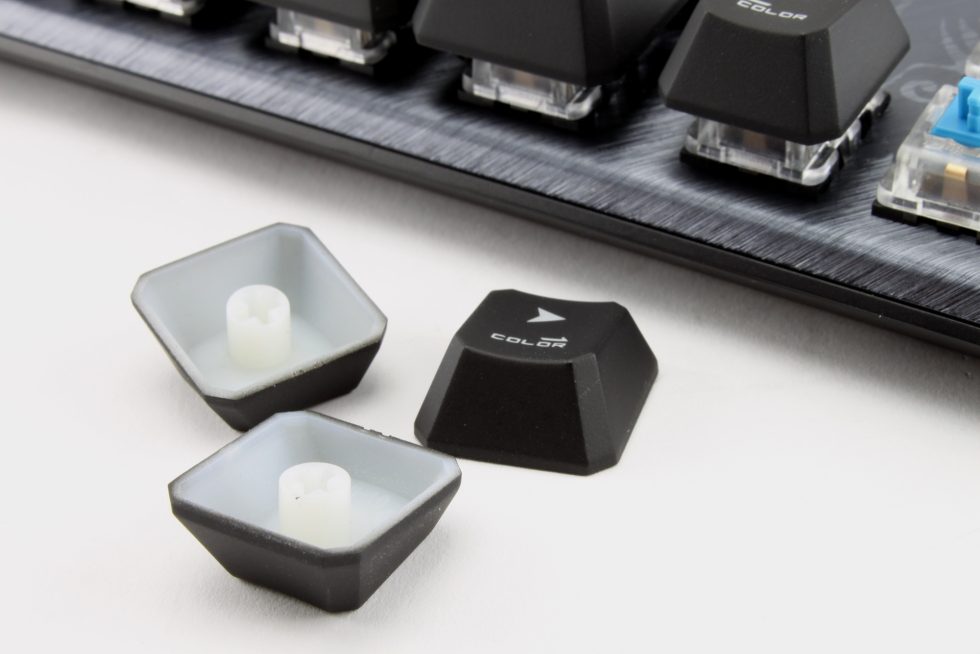
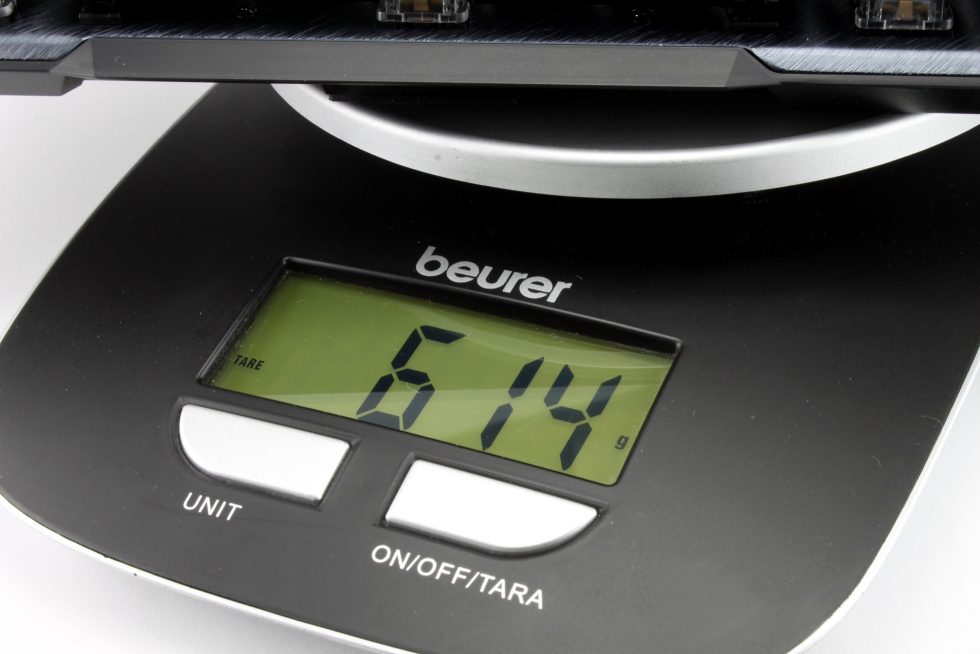
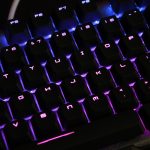

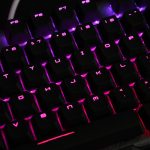








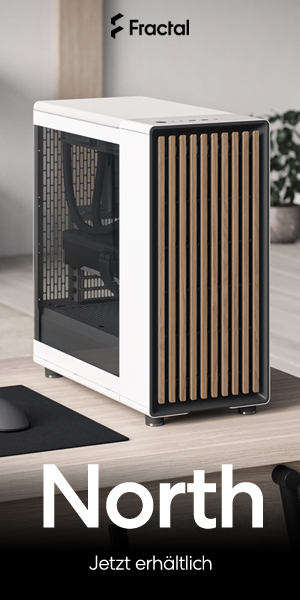

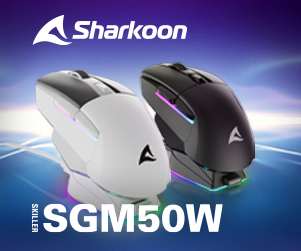



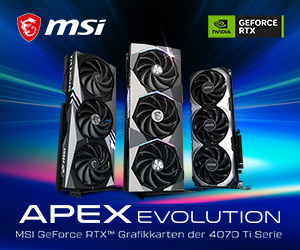





8 Antworten
Kommentar
Lade neue Kommentare
Veteran
Urgestein
Mitglied
Urgestein
Mitglied
Mitglied
Urgestein
Veteran
Alle Kommentare lesen unter igor´sLAB Community →